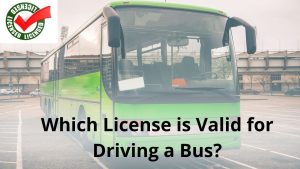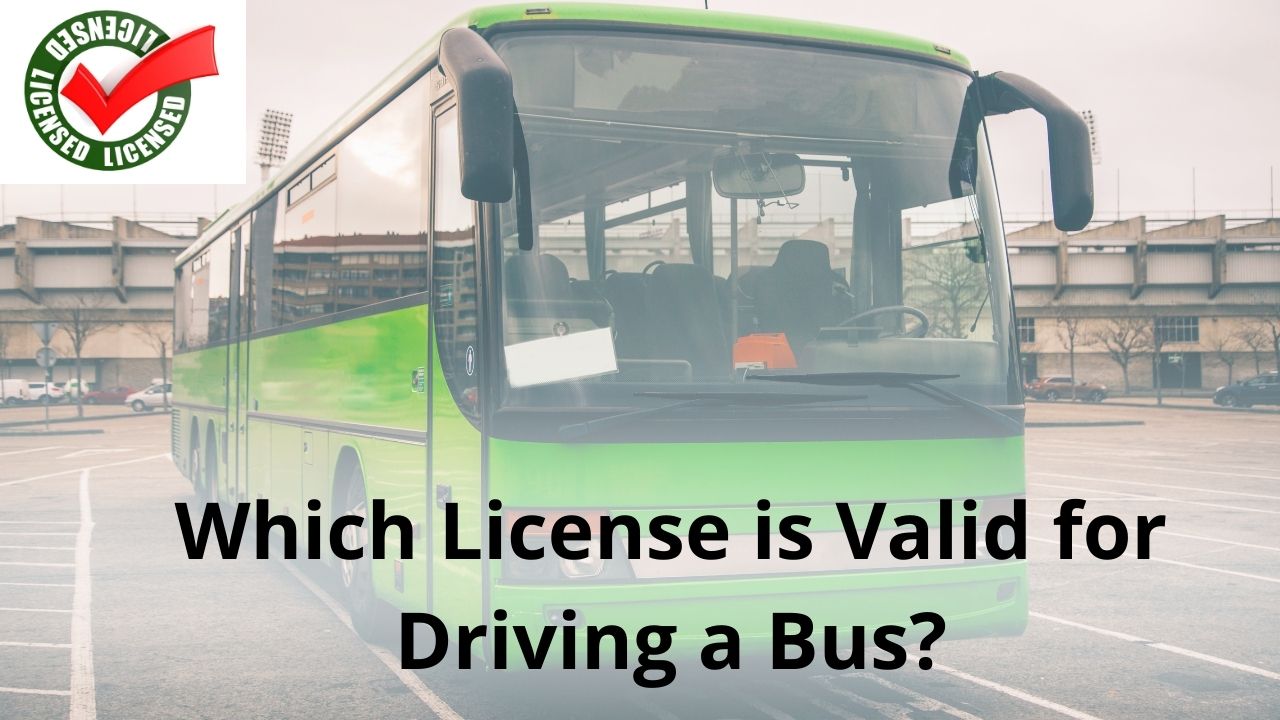What is a bus driver’s license?
A bus driver’s license is a license that allows an individual to operate a bus. In order to obtain this license, the individual must pass both a written test and a driving test. The bus driver’s license is required by many states in order to operate school buses, city buses, and other public transportation vehicles. Driver may be full time or half time!

The bus or car license is usually valid for a period of five years, after which the individual must pass both tests again in order to renew it.
How do you get a bus license?
In order to get a bus license, you need to surrender your current driver’s license and pass a variety of tests. The bus license is valid for a period of five years. After that, you need to take the same tests again in order to continue driving a bus. Bus drivers need to be trained and certified. They are required to take a training course in order to get a bus license, and they must pass the tests at the end of that course in order to get the license.
Bus drivers are required to take a training course and pass tests in order to get a bus license. The type of license you will receive will depend on the vehicle you wish to drive. For buses, there are three types of licenses: Class 1, 2, and 4.
Bus driver’s license in Australia
In Australia, there are two different types of bus driver licenses. The first is a public passenger vehicle (PPV) license which allows the holder to drive buses with 12 or more seats and with a maximum weight not exceeding 3.5 tonnes, and the second is an all-purpose vehicle (APV) license which allows the holder to drive buses with 11 or more seats but with no maximum weight limit.

The PPV license is valid for all types of buses, including school buses and tour coaches. The APV license is not valid for driving a bus with 12 or more seats (i.e., a school bus), but it is valid for driving tour coaches, which are buses with 11 or more seats and no maximum weight limit. The problem is that many people mistakenly think an APV license is valid for driving a school bus. So, license is a driver authority.
The APV license was introduced in 2009, replacing the previous PPV license that has been in use since 1983. Both licenses have the same requirements of experience and training. The main difference is that the APV license allows you to drive any type of vehicle (heavy rigid, medium rigid) like bus, including school buses with 12 or more seats, while the PPV license only allowed you to drive a bus with 11 or more seats and no maximum weight limit.
As such, the PPV license is not valid for driving school buses. The APV license is valid for this purpose. The Ministry of Transport has clarified that the APV license is valid for driving a bus with 12 or more seats, and has announced it will be updating the relevant regulations.
What is the difference between a commercial driver’s license and a regular driver’s license?
A commercial driver’s license (CDL) is a license that allows the holder to operate a bus or truck that carries more than 16 passengers. A regular driver’s license does not allow the holder to operate a bus or light trucks that carries more than 16 passengers. Commercial driver licenses are also known as Class A, Class B, and Class C licenses. They allow truckers to operate larger, heavier vehicles. A regular driver’s license is for drivers of smaller vehicles, such as cars and bikes.
Commercial driver licenses are special licenses that are required for people who want to drive certain types of vehicles for a living. This might include driving a truck, taxiing, or delivering goods. They are different from regular driver’s licenses in that they require more training and testing. Regular driver licenses are not needed for most jobs that require a truck or large vehicle.
What are the requirements for getting a commercial driver’s license?
The requirements for getting a commercial driver’s license (CDL) vary by state. Typically, the CDL includes a skills test, endorsement test, air brakes exam, vision test, and training program. In order to get a CDL, you will need to pay $10-$60 for a four-year CDL depending on your state. Additional fees may be charged for the road skills test.
In order to drive a bus commercially, you must meet certain license requirements. For example, your vehicle must weigh over 26,000 pounds and be designed or used to carry 16 or more people including the driver. There are other specific requirements depending on what type of bus you are driving. Make sure to check with your state’s DMV for more information.
Which type of bus can you drive with a commercial driver’s license?
In order to drive a bus that transports passengers for hire, you need a commercial driver’s license (CDL). There are different classes of CDLs, and each corresponds to a different type of heavy vehicle. For buses, there are three classes: A, B, and C. Class A allow you to operate any combination of vehicles with a gross combined weight rating (GCWR) of 26,001 pounds or more.
This includes towed vehicles with a GCWR of more than 10,000 pounds. Class B allows you to operate any single vehicle with a GCWR of 26,001 pounds or more. And finally, class C allows you to operate any single vehicle under 26,000 pounds GVWR that is not otherwise prohibited by law. The only type of bus that you can operate with a Class C CDL is a passenger bus. To obtain your bus driver’s license, you need to apply with your state DMV and meet certain requirements, such as passing a written test and a road test.
How do you renew or replace your commercial driver’s license?
In order to renew or replace your commercial driver’s license, you must go through the regular license renewal process. This means that you must provide documentation such as a new medical card (medically fit), school bus endorsement application, fingerprint background check application, and new fingerprint card. You may also need to retake a vision test or take the knowledge test if your license has expired for over one year.
In order to renew or replace your commercial driver’s license, you will need to provide certain identification and documentation. This may include your social security card, proof of residency, and proof of citizenship or legal presence in Australia. You may also be required to take a written knowledge test. If you are applying for a new license, you will also need to pass the vision and road skills tests.
Commercial driver licenses are valid for six years from the date of issue or until the holder loses lawful status, whichever comes first. In order to renew or replace your commercial driver’s license, you will need to follow the same process as you did when you originally applied for your license. This includes passing all required tests and providing all necessary documentation.


